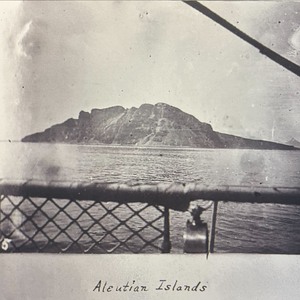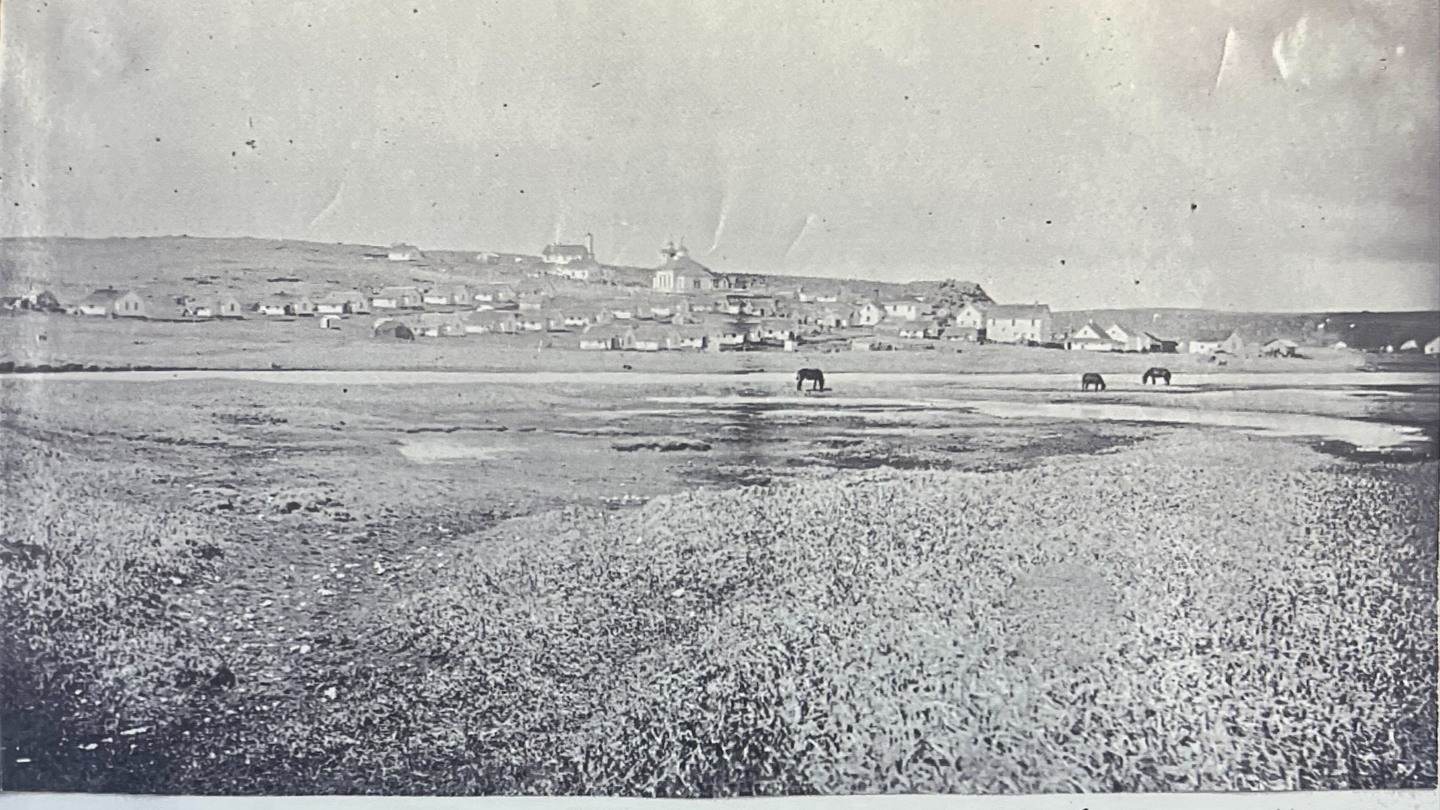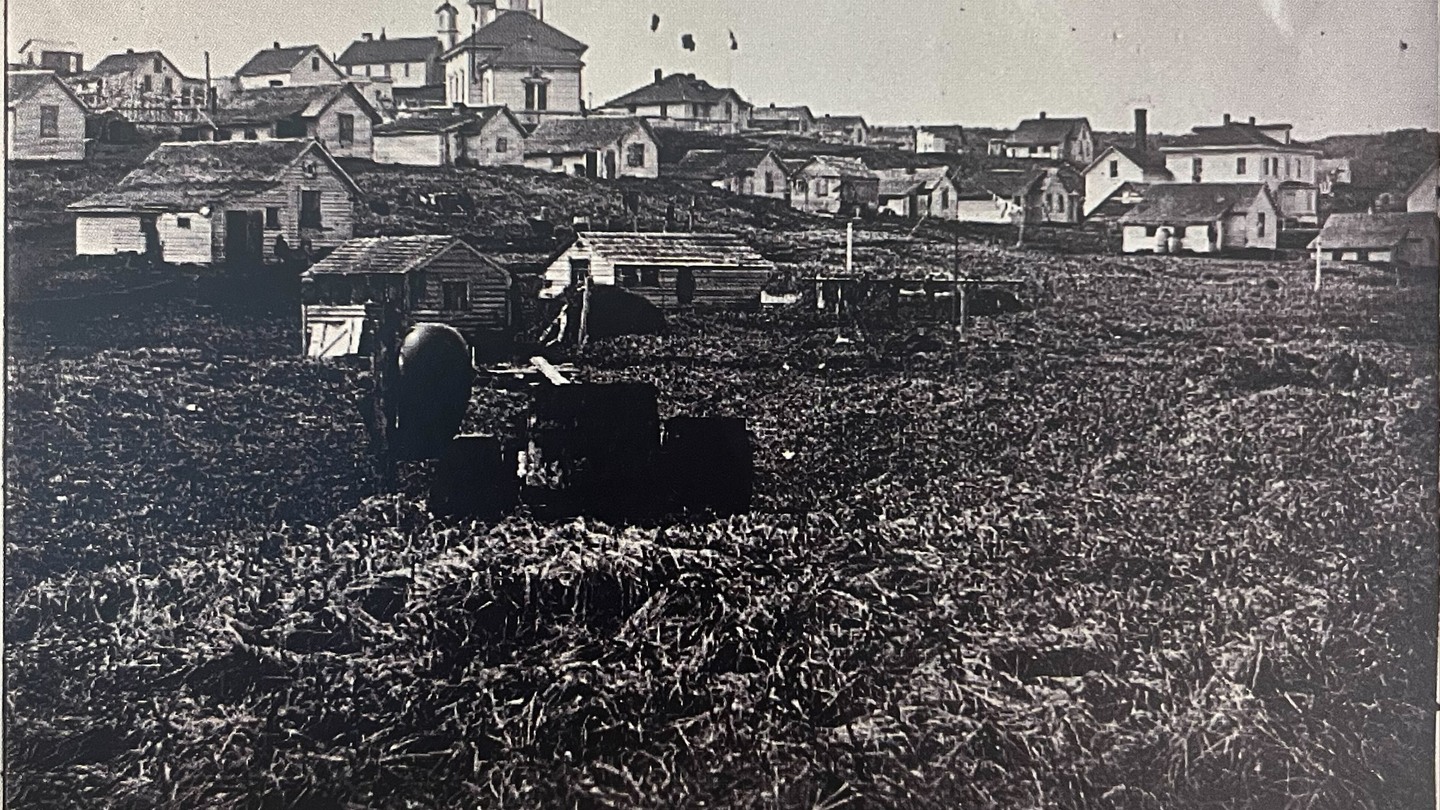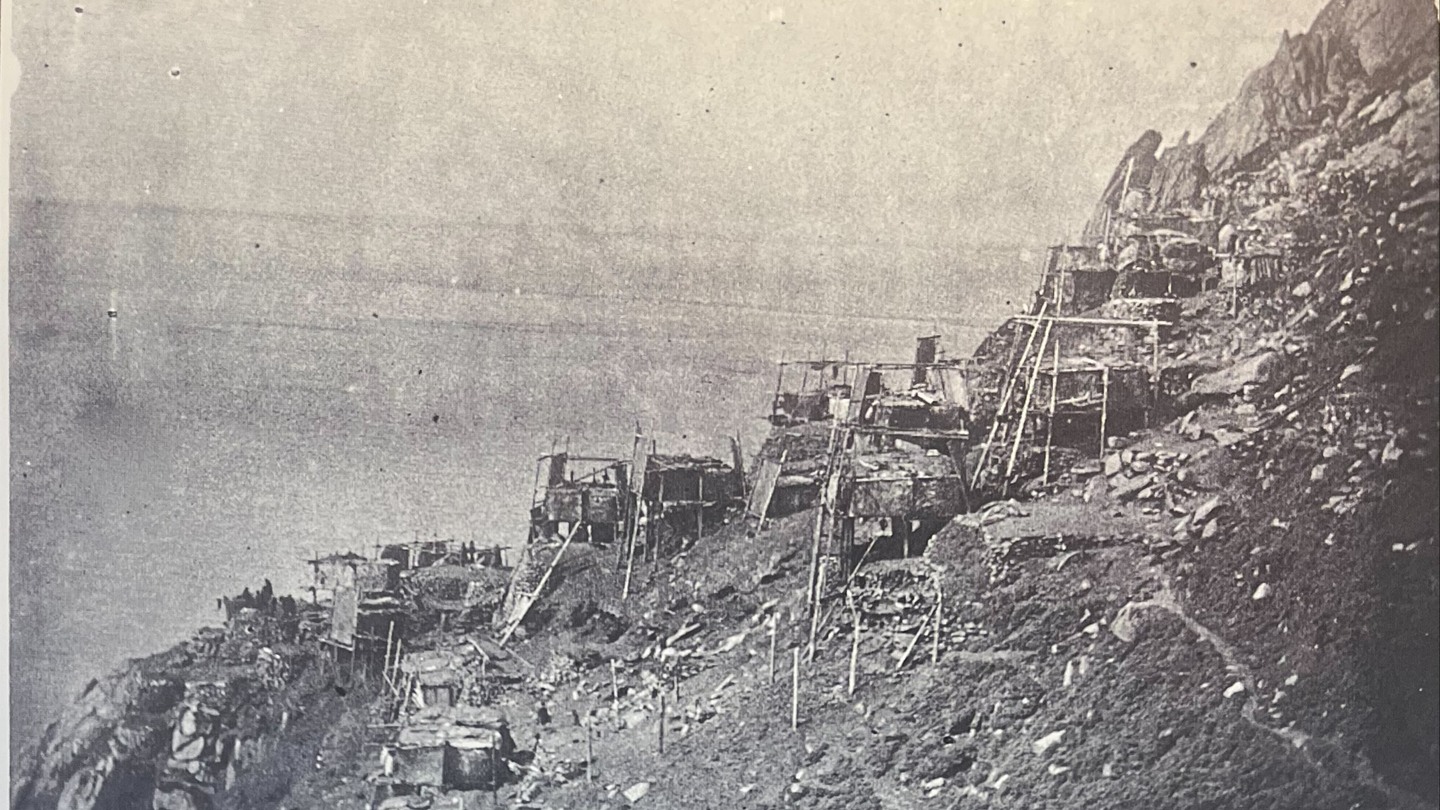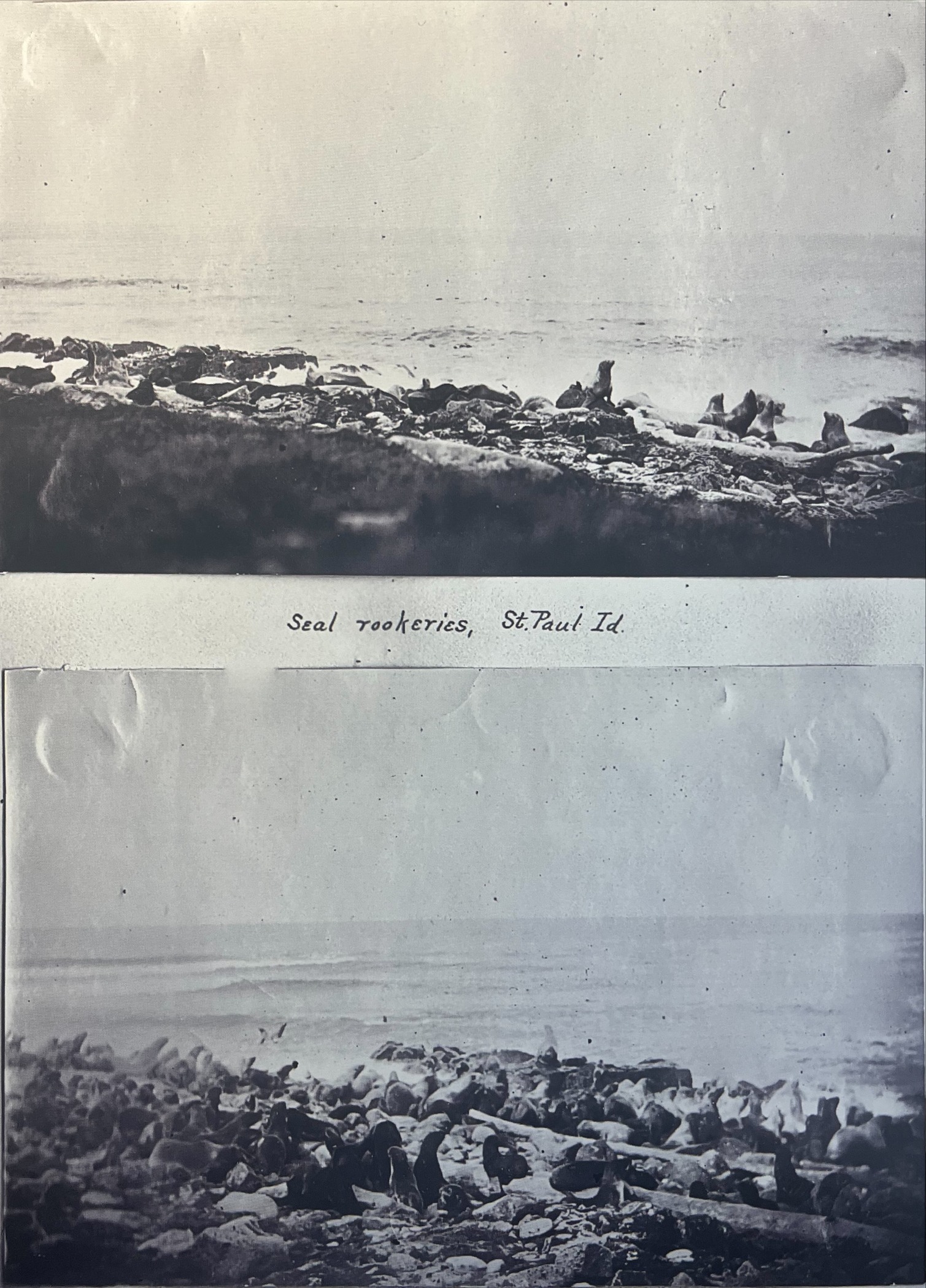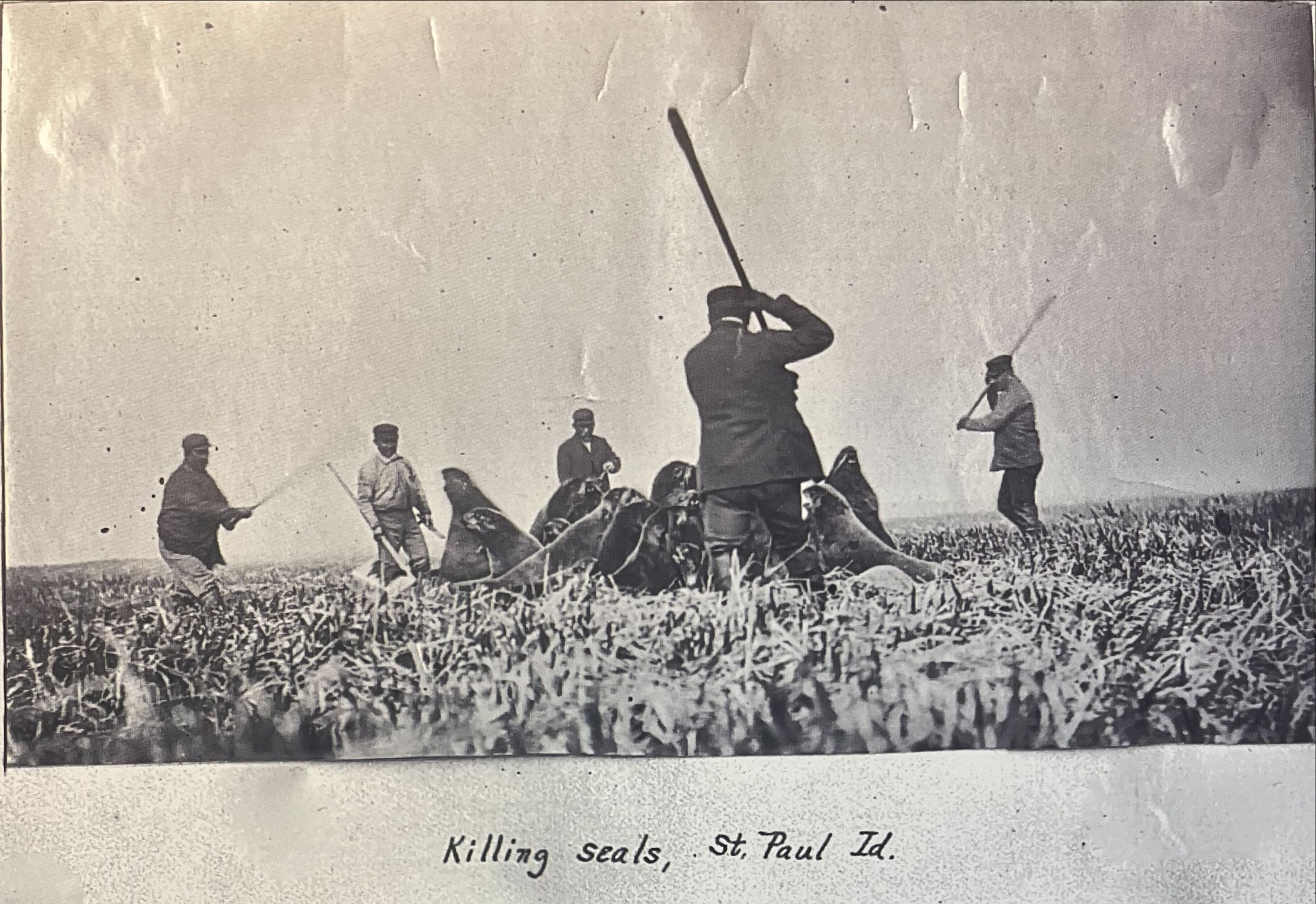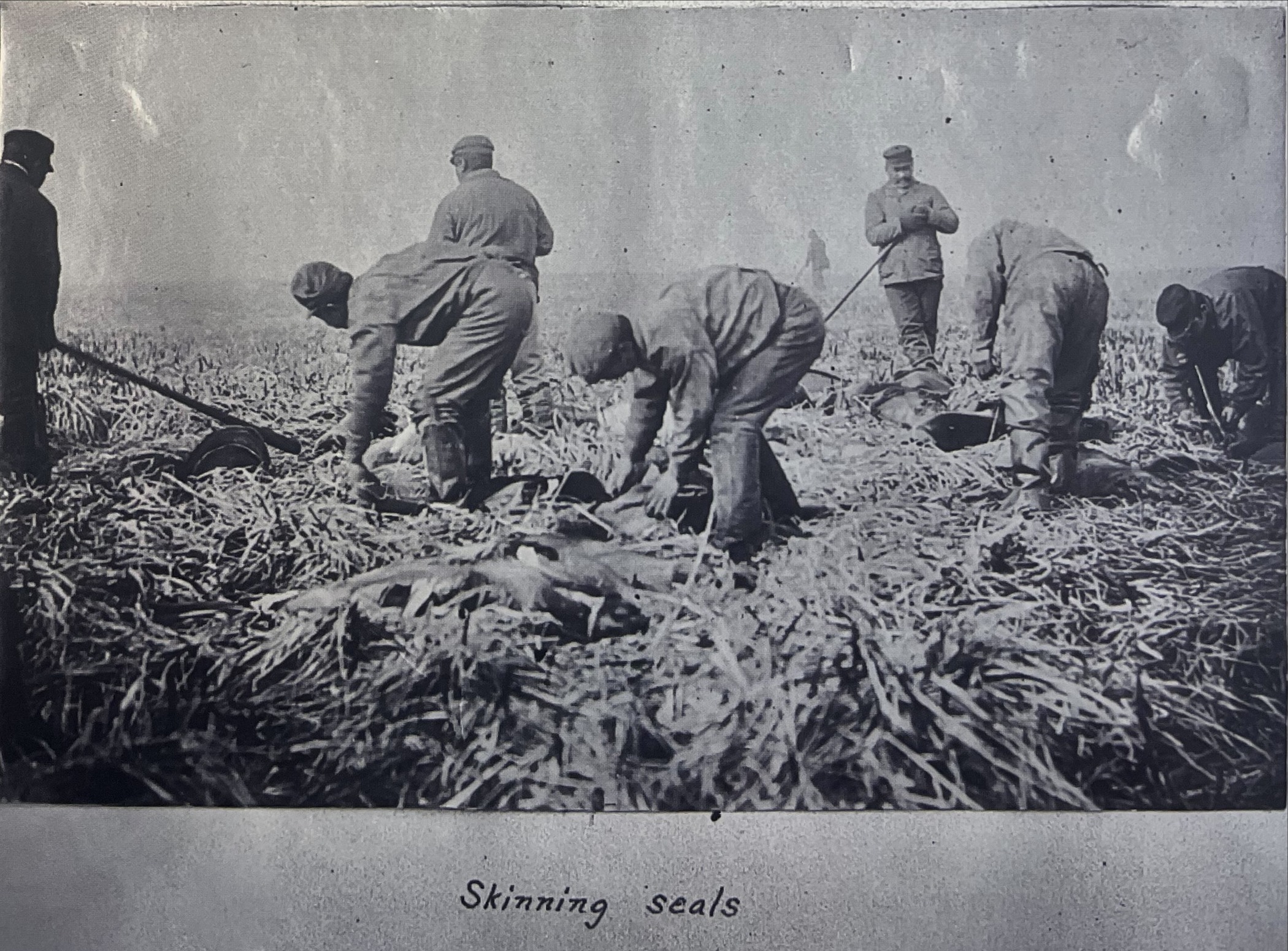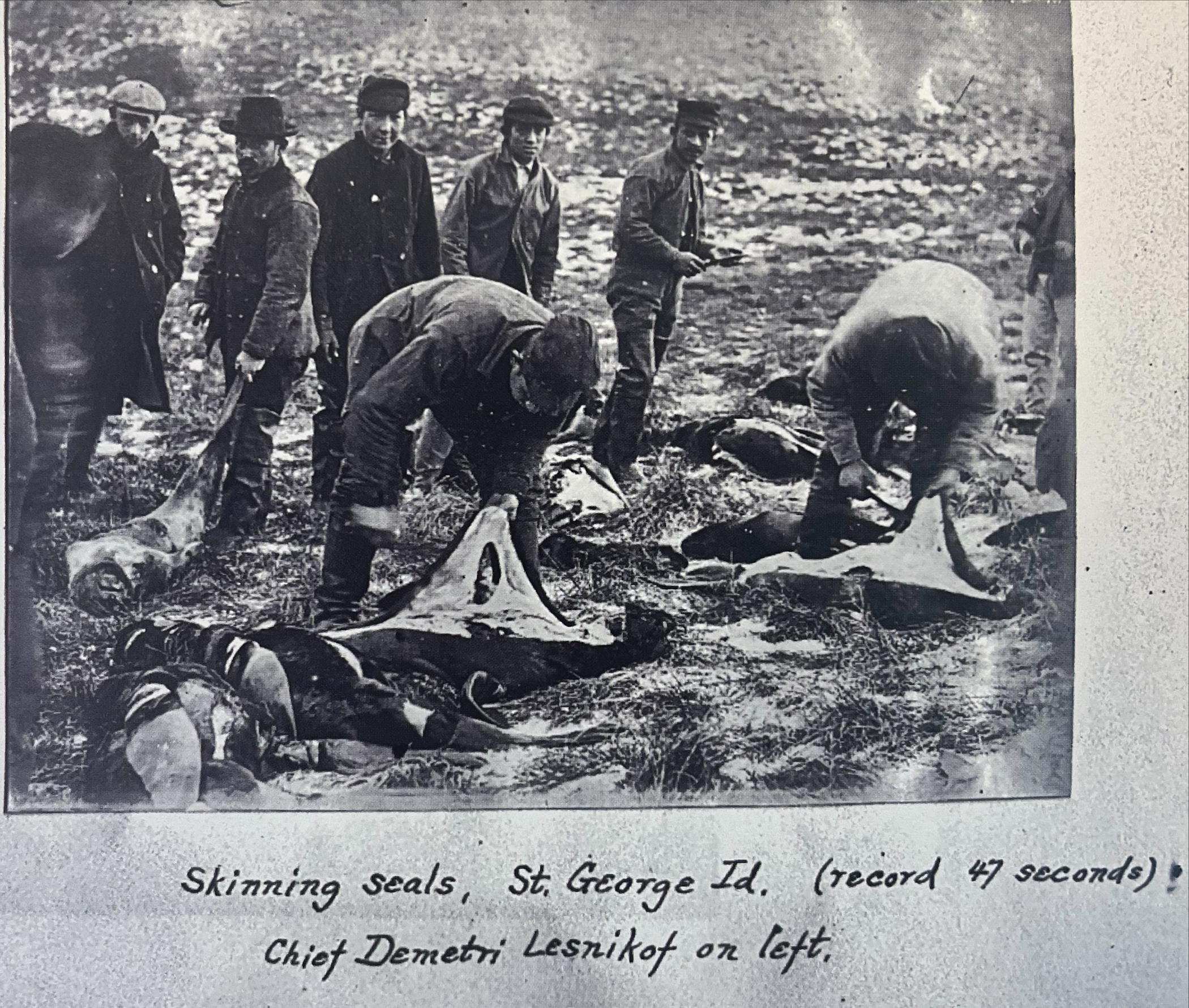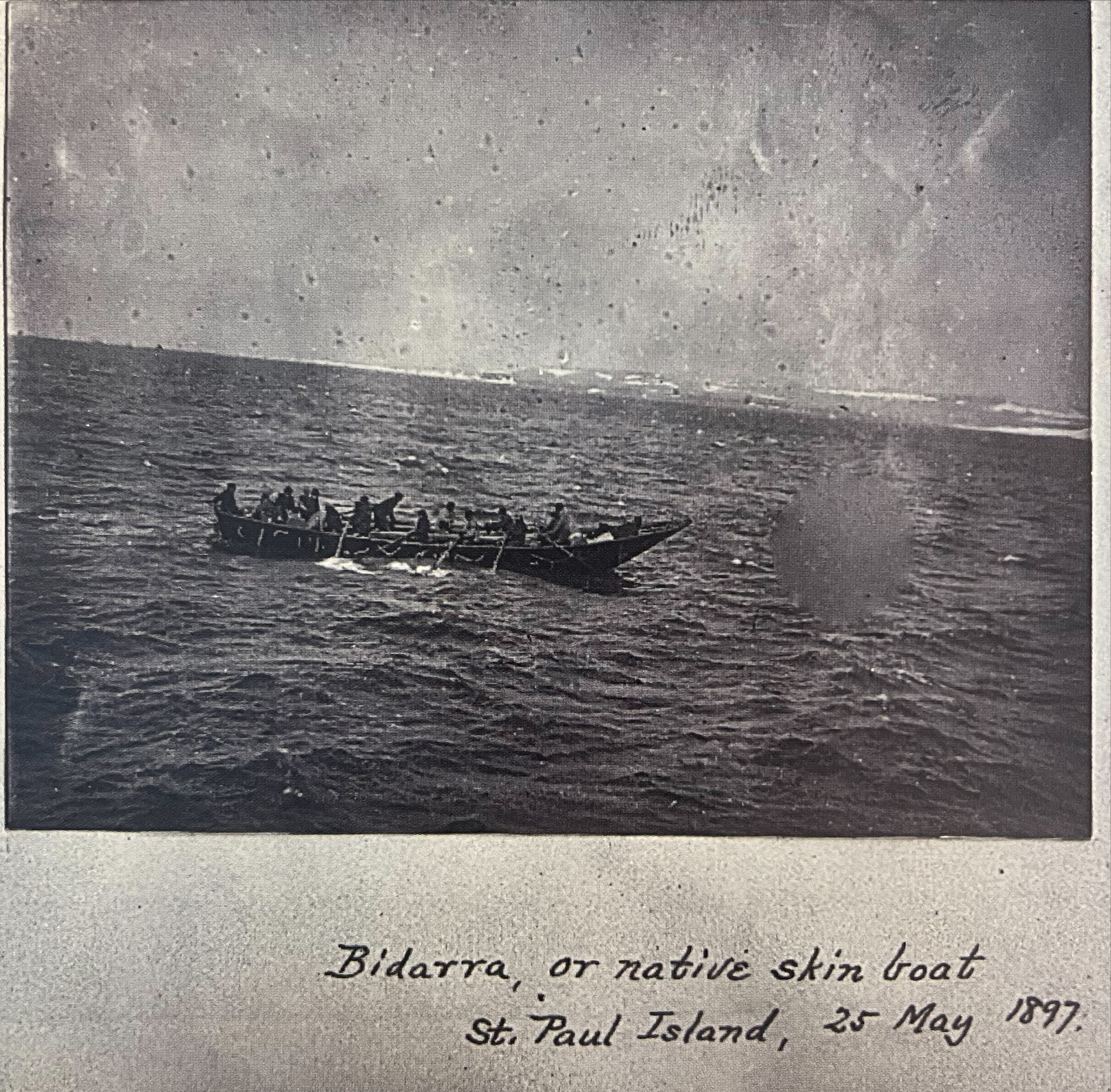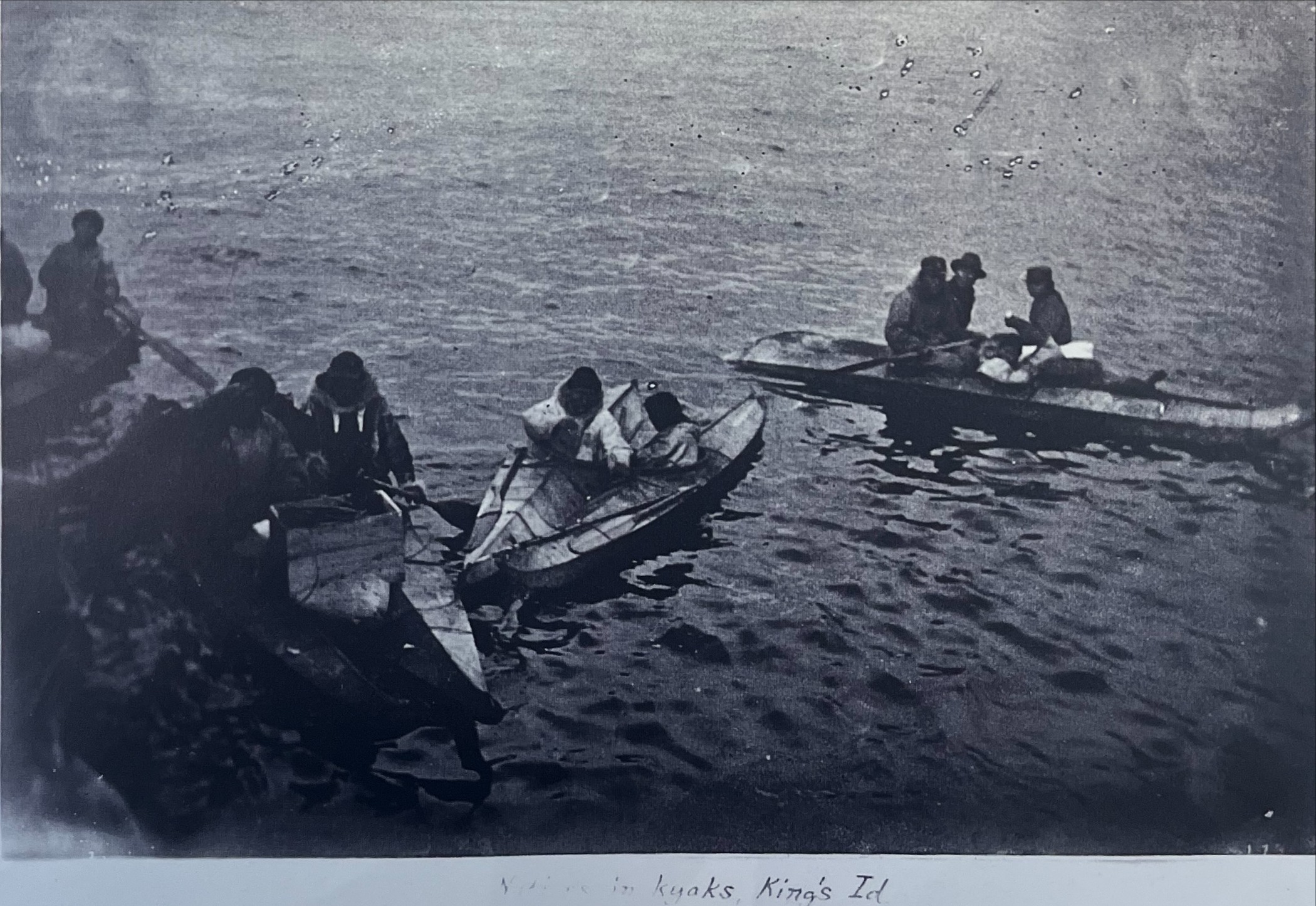George Rockwell Putnam Alaska Expedition - Pribilof Islands
George Rockwell Putnam worked for the U.S. Coast and Geodetic Survey, first accompanying Admiral Peary to Greenland in 1896. He then traveled to the Pribilof Islands, off the coast of mainland Alaska, in 1897 to research seal harvests, and later to the Yukon Delta in 1898. [1]
The Pribilof Islands are also called "Fur Seal Islands" due to their large population of northern fur seals. They are located off the west coast of Alaska and were first visited by Gavril Pribylov, a Russian captain, in 1786. The islands at the time were uninhabited, but the Aleut population was forcibly relocated from the Aleutian Islands to the Pribilof Islands in 1788 by the Russians to hunt seals. The United States gained control of the islands from Russia in 1867 with the Alaska Purchase. [2] Today, thirteen Aleut villages remain, spanned between the Aleutian and Pribilof Islands. [3]
A large focus of Putnam's photography from the trip was on the ways of life of the Aleut. Before contact with the Russians, most Aleut homes were semisubterranean, meaning that part of the house was below-ground to take advantage of geothermal protections. [4] The houses were roofed by driftwood or whalebone and covered with sod. With Russian and American contact, the Aleut population dwindled and by the the earth 20th century, nearly all houses were above ground frame structures. [5]
There are about 800,000 seals that use the islands to breed. In 1870, the Alaska Commercial Company leased sealing rights and during the 1880s, vessels from several different countries travel to the area to participate in sealing. This depleted the islands' herds and thus, in 1886, the United States began seizing Canadian sealers. [6] Putnam documented the sealing pratices of the Aleut in detail, even recording the fastest skinning by Chief Demetri Lesnikof (47 seconds).
When the Russians first made contact, they became dependent on the Aleuts for their kayak technology, as they were not accustomed to hunting in the water. The Aleut kayak represents up to 5000 years of development; hunting of sea otters from kayaks with harpooons was a formidable task that took years to master. The soft, elastic skin and flexible hull of the kayak, as seen below, allowed them to gain the advantage of wave movements. [7]
[1] "George R. Putnam photograph album." Alaska's Digital Archives. https://vilda.alaska.edu/digital/collection/cdmg13/id/10303/
[2] Britannica, T. Editors of Encyclopaedia. "Pribilof Islands." Encyclopedia Britannica, March 23, 2016. https://www.britannica.com/place/Pribilof-Islands.
[3] Veltre, Douglas "Aleut ." Encyclopedia of World Cultures. . Encyclopedia.com. (May 4, 2023). https://www.encyclopedia.com/humanities/encyclopedias-almanacs-transcripts-and-maps/aleut
[4] Hirst, K. Kris. "Prehistoric Semi-Subterranean Arctic Houses". Thought Co. (Feb 14, 2019). https://www.thoughtco.com/prehistoric-arctic-housing-169866#:~:text=First%20built%20in%20the%20American,during%20the%20harshest%20of%20climates.
[5] Veltre, Douglas "Aleut ." Encyclopedia of World Cultures. . Encyclopedia.com. (May 4, 2023). https://www.encyclopedia.com/humanities/encyclopedias-almanacs-transcripts-and-maps/aleut
[6] Britannica, T. Editors of Encyclopaedia. "Pribilof Islands." Encyclopedia Britannica, March 23, 2016. https://www.britannica.com/place/Pribilof-Islands.
[7] Wilson, Andrew M. "The Aleut Kayak: How Aleut Technology Shaped History." University of Washington Tacoma Department of History. (June 12, 2015). https://digitalcommons.tacoma.uw.edu/cgi/viewcontent.cgi?article=1017&context=history_theses

